博文
[转载]hLife 2024年第二期正式出版
||
Volume 2 Issue 2
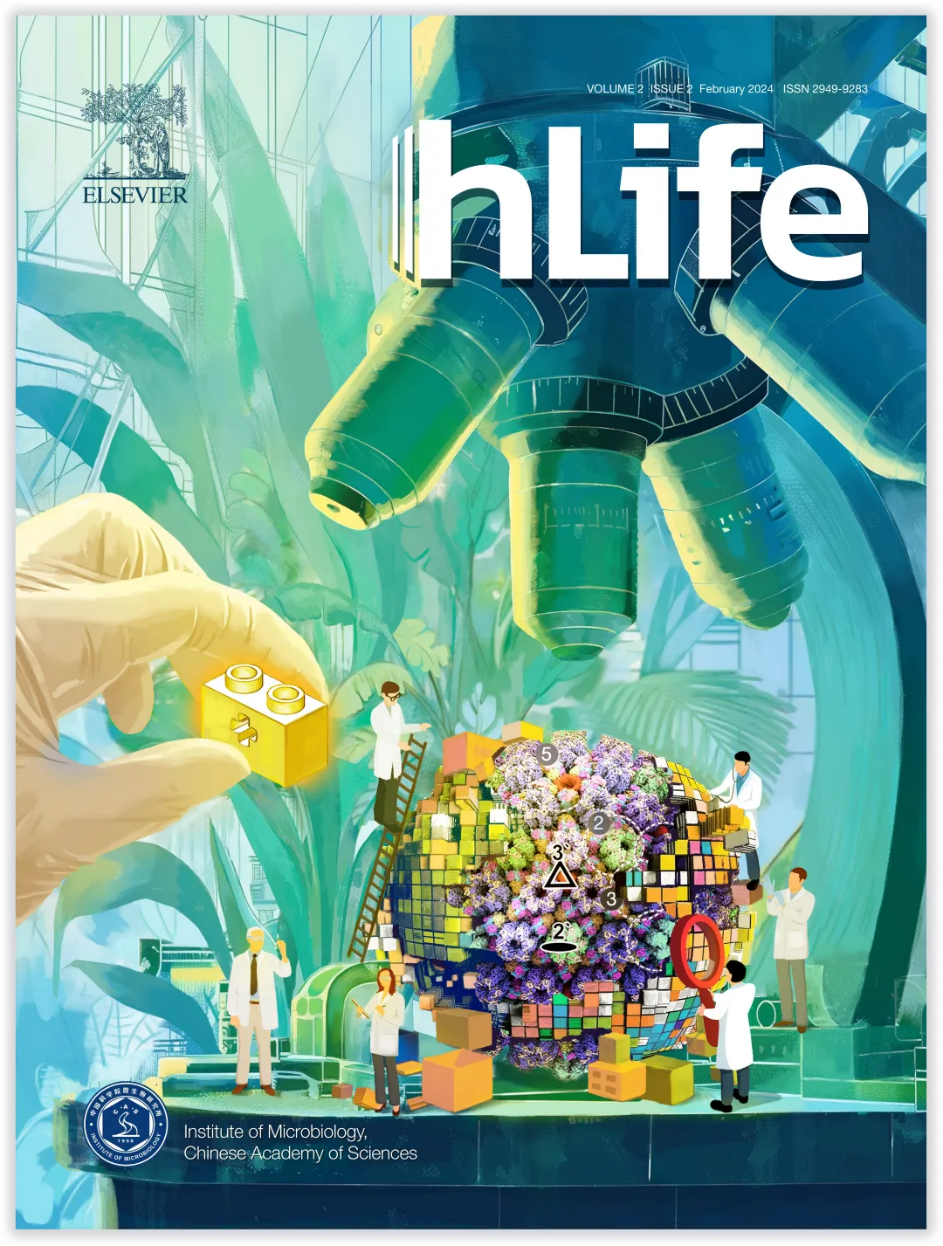
封 面 解 读
王祥喜
DNA viruses, represented here by a herpesvirus, are characterized by nucleocapsids of remarkably intricate composition and structure. These assemblies, comprised of hundreds of components, exhibit meticulous organization, believed by many to be a testament to the divine design of a creator. This precise organization ensures the stability and orderly delivery of viral genetic material. Delving into these structures promises profound insights into the packaging mechanisms and stability of viral genomes, laying a foundational framework for the development of advanced antiviral therapies. In this issue, Wang and his colleagues present refined Cryo-EM structures of VZV B- and C-capsids, illuminating their assembly and stability. These revelations offer tantalizing glimpses into capsid-NPC interactions, the head-full sensor's nature, and DNA packaging processes. Additionally, the elucidation of the portal structure, replete with potential drug targets, holds promise for the design of novel antiviral agents.
目 录

导 读
1.Status and challenges of global antimicrobial resistance control: A dialogue between Professors Yonghong Xiao and Takeshi Nishijima
通讯作者:肖永红
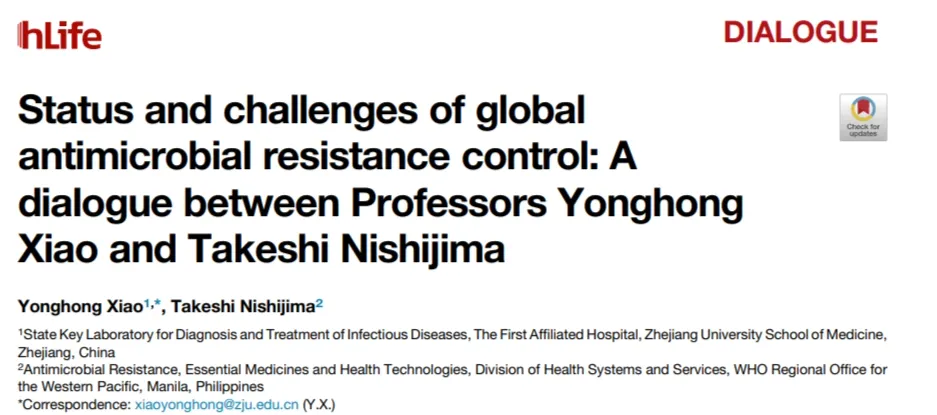
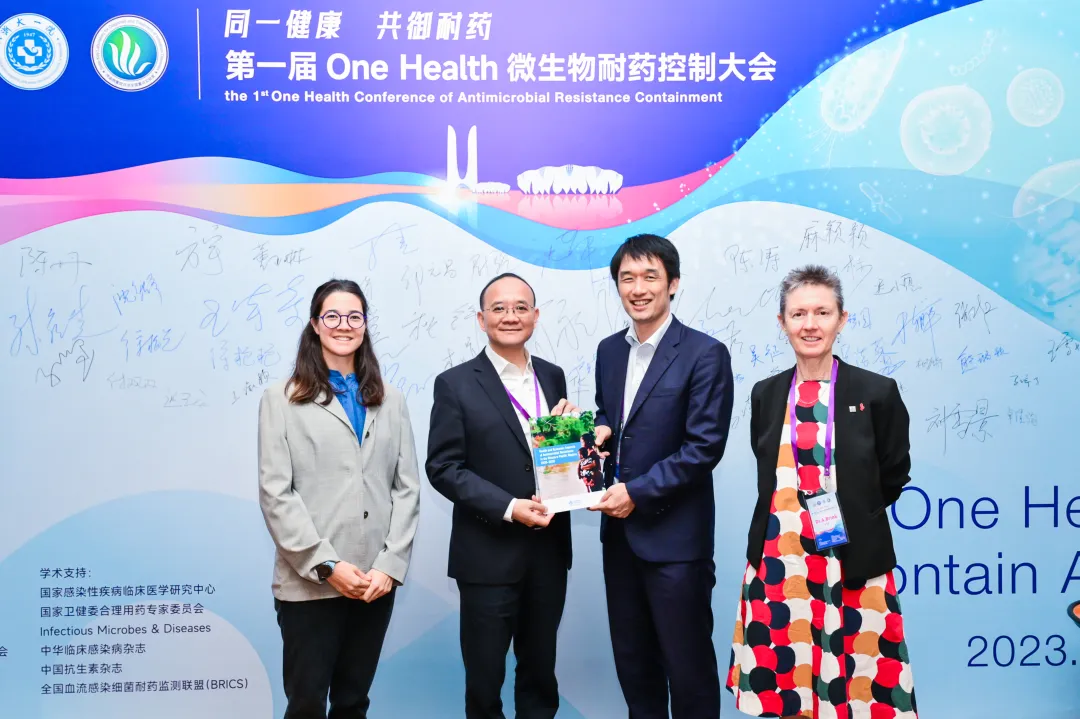
引用:
Xiao Y, Nishijima T. Status and challenges of global antimicrobial resistance control: A dialogue between Professors Yonghong Xiaoand Takeshi Nishijima. hLife 2024;2:47–49. doi:https://doi.org/10.1016/j.hlife.2023.11.004

扫码阅读原文
2. Mucosal vaccine development for respiratory viral infections
通讯作者: 林逸凡, 傅阳心, 彭华

Highlights
•Very few mucosal vaccines for respiratory viral infectious have been approved, and their efficacy is limited.
•The development of mucosal vaccines needs thorough investigation of the respiratory tract mucosa microenvironment.
•Mucosal adjuvants and delivery systems are critical strategies to enhance the immunogenicity of mucosal vaccines.
•Establishing a clinical standardized evaluation system for mucosal vaccines is urgently needed.
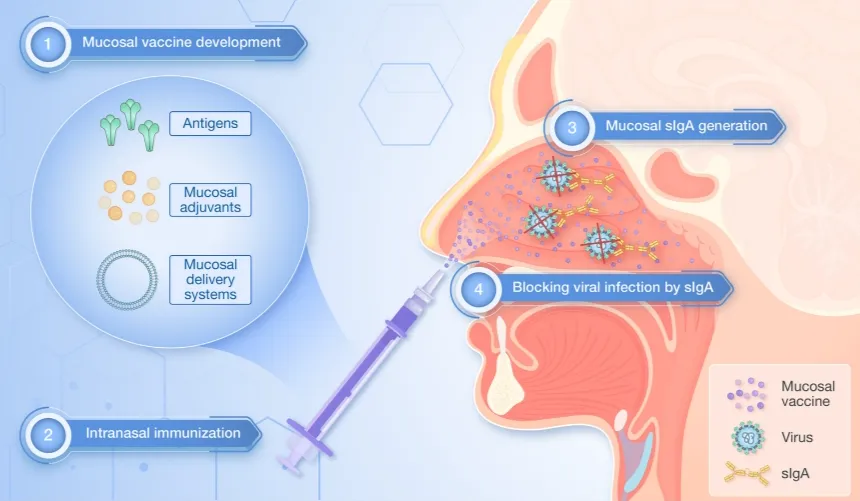
引用:
Lin Y, Hu Z, Fu YX, et al. Mucosal vaccine development for respiratory viral infections. hLife 2024;2:50–63. doi:https://doi.org/10.1016/j.hlife.2023.12.005

扫码阅读原文
3. Insights into varicella-zoster virus assembly from the B- and C-capsid at near-atomic resolution structures
通讯作者:刘红荣, 侯海, 王祥喜
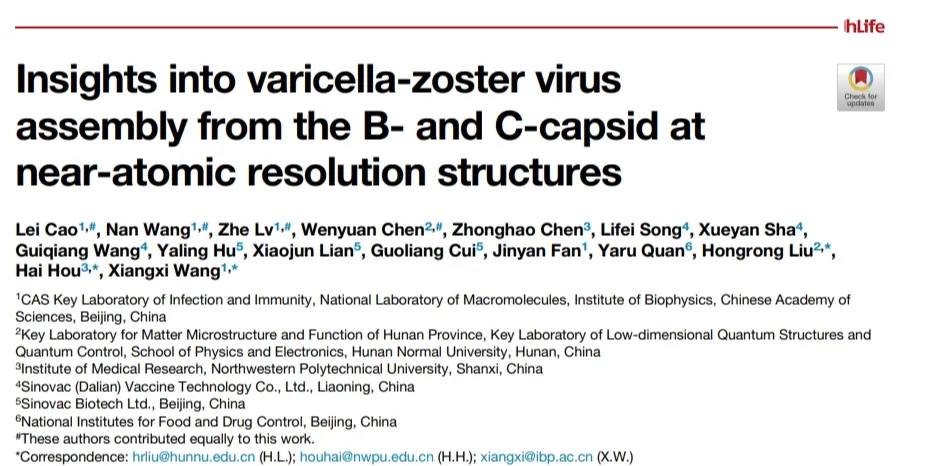
Highlights
•Structural details of the portal vertex and genome-packing portal were resolved.
•Hydrophobic interactions and disulfide bonds between major capsid proteins stabilize the capsid discovered.
•Structures of B- and C-capsid reveal varicella-zoster virus assembly.

引用:
Cao L, Wang N, Lv Z, et al. Insights into varicella-zoster virus assembly from the B- and C-capsid at near-atomic resolution structures. hLife 2024;2:64–74.
doi: https://doi.org/10.1016/j.hlife.2023.10.007

扫码阅读原文
4. Lycorine derivative effectively inhibits the replication of coronaviruses both in vitro and in vivo
通讯作者:殷利眷, 杨扬 , 王春花
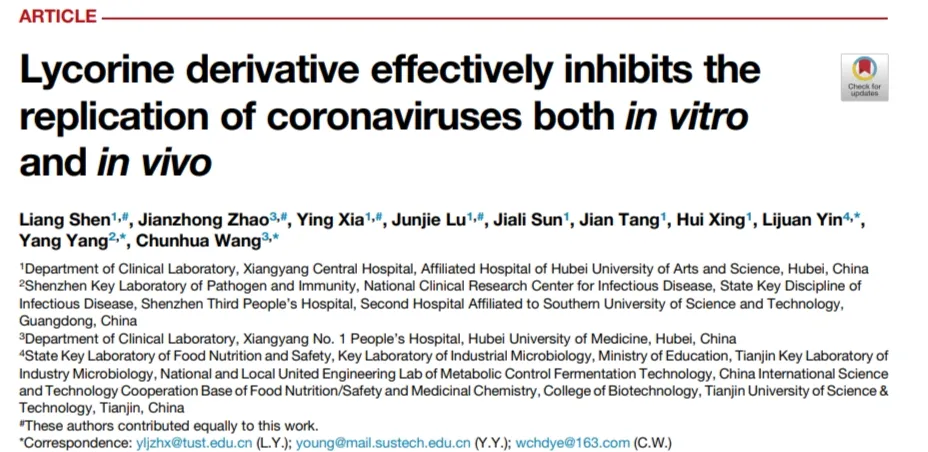
Highlights
•Lycorine derivatives, including Ly-8, were designed and synthesized to reduce cytotoxicity in anti-coronavirus experiments.
•Ly-8 inhibits various coronaviruses, including severe acute respiratory syndrome coronavirus 2, in vitro.
•Ly-8 did not result in any drug-resistant mutant viruses during long-term in vitro passages.

引用:
Shen L, Zhao J, Xia Y, et al. Lycorine derivative effectively inhibits the replication of coronaviruses both in vitro and in vivo. hLife
2024;2:75–87. doi: https://doi.org/10.1016/j.hlife.2023.12.001

扫码阅读原文
5. Quantitative interactomic of CD40 in primary B cells
通讯作者:Romain Roncagalli, Bernard Malissen
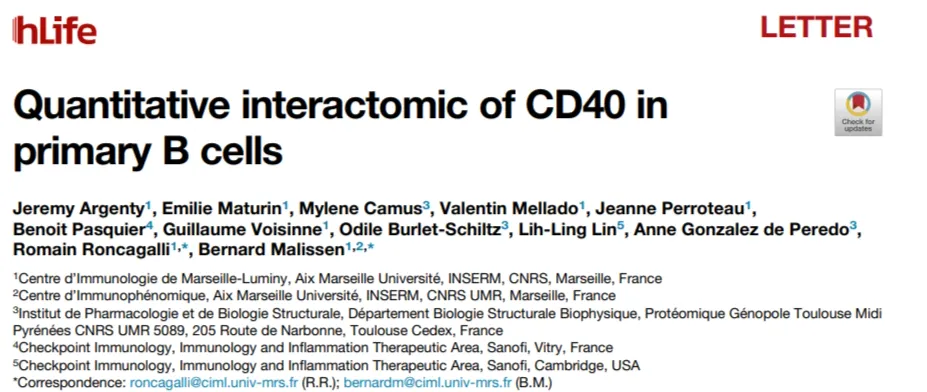
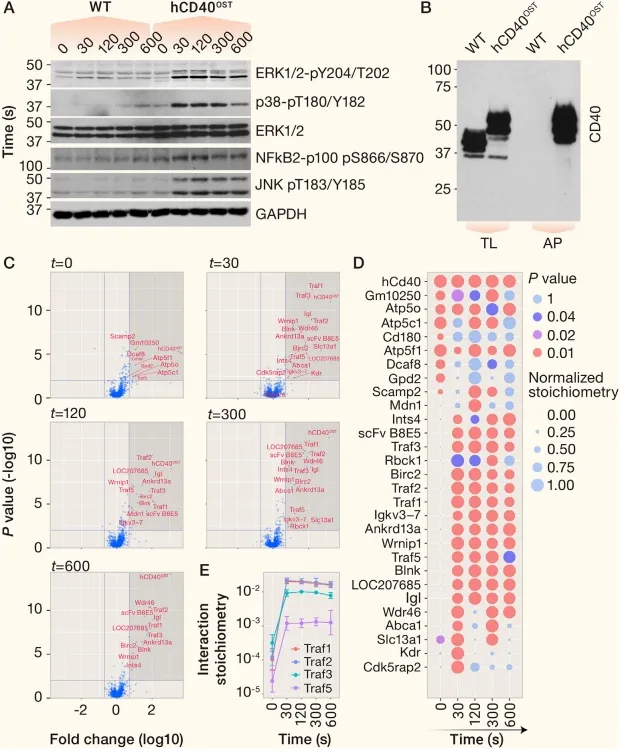
引用:
Argenty J, Maturin E, Camus M, et al. Quantitative interactomic of CD40 in primary B cells. hLife 2024;2:88–93.
doi: https://doi.org/10.1016/j.hlife.2023.10.009

扫码阅读原文
6. Getting ready for the next inforuses
通讯作者:André Costa Lobato

引用:
Lobato AC. Getting ready for the next inforuses. hLife 2024;2:94–95. doi: https://doi.org/10.1016/j.hlife.2024.01.001

扫码阅读原文
hLife官方网址:https://www.sciencedirect.com/journal/hlife
https://blog.sciencenet.cn/blog-3552961-1440635.html
上一篇:[转载]hLife 2024年第一期正式出版
下一篇:[转载]hLife 2024年第三期正式出版